How to Clean Stained Glass So It Looks Good As New

By Judy Schumer
Stained glass windows add breathtaking beauty to your home. You can acquire these works of art anywhere from a local artisan to an auction house specializing in vintage salvaged pieces.
No matter where you get it from, stained glass needs special care. If you use the wrong cleaning methods, you’ll do far more damage to the piece than you would have if you left it dirty. You also don’t want to leave grime and dirt on the stained glass and have it work its way to the leaded framework, which can lead to corrosion.
Learn how to safely clean stained glass to keep it sparkling for many years to come with this guide; you’ll not only learn how to clean stained glass, but we'll also walk through the telltale signs that your glass needs a good cleaning and how to remove corrosion from the framework.
Photo via Chariss Cheng
Signs It’s Time to Clean Stained Glass
If dirt has accumulated on your stained glass, you should clean it. Over time, both outside and inside dirt sources will block the ability of the glass to let light into the room by forming streaks and cloudy sections, dulling the various colors of the glass, and possibly corroding the glass’s lead frame.
If you have stained glass that is exposed to the world outside, you may have build-up in the form of:
- Rainwater deposits
- Limescale
- Natural and man-made pollutants
- Bird excrement
- Pollen
- Algae
- Corrosion
If your stained glass is on the inside, some of the culprits of the grime can include:
- Soot
- Dust
- Dander
- Pollen
- Mildew
- Mold
Any of the above issues need cleaning to keep your stained glass window from permanently losing its beauty.
Does Stained Glass Contain Lead?
The short answer is yes. Lead is malleable and is commonly used by artists to form the canes, or framework of stained glass artwork. A more important question would be: “Is lead in stained glass dangerous?”
The answer to that question is no—unless you ingest it or breathe it in (which is difficult since it is a solid). Being near lead glass or touching it is not harmful. It can be harmful to the artists who create pieces using lead because they can breathe it in during the creation process. A stained glass artist will always need to take precautions when working with lead.
That said, be sure to keep children and pets from licking the lead framework in your stained glass piece.
How to Dust Stained Glass
Stained glass is very fragile and should be treated like fine artwork, and weekly dusting will help prevent the need for more detailed cleaning or professional services. To dust your stained glass, gently wipe the surface with a microfiber cloth from top to bottom. Do not press down on the glass or lead canes to avoid damage.
If the leaded canes on your stained glass become oxidized (they'll start to have a powdery white appearance), wear rubber gloves and remove the residue with a clean cloth. Always dispose of any cleaning materials you use after cleaning a lead-based product.
How to Clean Stained Glass
If you’ve purchased an older stained glass piece or didn’t get around to dusting it over the years, it may need a little more attention than a quick dusting.
Before using the method below, dampen a microfiber cloth with distilled water. Use the dampened cloth to wipe from the top of the stained glass to the bottom. Turn the cloth over and add just enough distilled water to dampen the cloth. If your cloth is still dirty after a second pass, the glass needs a deeper clean. In this case, move on to the cleaning process below.
When cleaning stained glass, never use cleaners with alcohol, ammonia, vinegar, or harsh dish soap as all will damage the glass or the frame. The best cleaner to use is a natural soap with a neutral ph of about 7.0 or a non-ammonia foaming glass cleaner. Follow the steps below to clean your dirty stained glass.
Safety Warning
Since you’ll be working with chemical liquids, wear rubber gloves and safety goggles. Wear a mask to avoid breathing in dust or allergens as you clean.
Tools and Materials Needed:
- Protective face mask
- Rubber gloves
- Safety goggles
- Low ph dish soap or ammonia-free foaming glass cleaner such as Sprayaway Foaming Glass Cleaner
- Microfiber cloths
- Large mixing bowl (if using dish soap)
- Distilled water (if using dish soap)
- Cotton swabs
Step 1: Prepare the Cleaning Solution
Add ½ teaspoon of dish soap to a quart of distilled water. Dip a microfiber cloth into the solution and wring it out until it is damp but not dripping. If using foam cleaner, spray a small amount onto the microfiber cloth to dampen it.
Step 2: Wipe the Stained Glass
Starting at the top of the stained glass piece, work in sections to gently clean the glass areas between the leaded framework. After cleaning each section, dry it with a clean, dry microfiber cloth.
Work your way to the bottom of the stained glass.
Step 3: Clean the Edges
Dip a cotton swab into the cleaning solution or spray a cotton swab with foam cleaner. Clean around all edges and corners with the swab. Replace dirty cotton swabs with clean ones as you clean along the edges.
How to Remove Corrosion from Stained Glass
The lead framework of stained glass, like many other metals, is subject to corrosion. Removing corrosion from stained glass can be a tricky project because of the fragility of stained glass. Be sure to take your time with this to protect the glass itself, and follow the instructions carefully.
Safety Warning
When removing corrosion from your stained glass framework, take your time and be sure to wear appropriate safety gear. Because the corrosion on stained glass is usually on leaded pieces, you need to be extremely careful not to inhale the lead as you clean it. You’ll need to wear rubber gloves, safety goggles, and a protective mask.
Tools and Materials Needed:
- Protective face mask
- Rubber gloves
- Safety goggles
- Soft toothbrush
- Baking soda
- Distilled water
- Microfiber cloths
Step 1: Prepare the Cleaner
Dampen the toothbrush, then dip it into the baking soda to coat the bristles.
Step 2: Scrub the Lead Framework
Using the dampened toothbrush, scrub the lead framework vertically, then horizontally. Rinse and recoat the toothbrush as needed. Use a soft touch, as you will come in contact with the glass, and you want to avoid scratching it.
Step 3: Rinse the Cleanser
Dampen a microfiber cloth with distilled water. Rinse the leaded framework and glass to remove all traces of baking soda. Rinse the cloth as needed, dampen it with more distilled water, and wipe the lead until the stained glass is residue-free.
Step 4: Dry Thoroughly
Use a clean, dry microfiber cloth to dry the stained glass piece thoroughly.
Photo via Kelley MacKay
More Tips for Caring for Stained Glass
Keeping your stained glass clean and well cared for ensures that it will sparkle for years to come. Here are a few more stained glass care tips to keep in mind:
- Keep up with regular dusting to avoid built-up grime.
- Never use harsh chemicals or detergents when cleaning, and avoid abrasive tools like scrub brushes or steel wool. Also avoid using paper towels, which can leave behind lint and residue.
- As much as you might want to show off your stained glass artwork, keep it in a low-traffic area, which will minimize the chance that it could get scratched.
- Consider resealing the stained glass once a year to protect it. Spray a glass or mirror sealant onto a soft rag and buff it into the glass.
- Clean your hands before and after you touch your stained glass piece. Washing hands before will prevent fingerprints and smudges from getting on the glass, and washing your hands after will ensure that all potential lead residue is free from your fingers.
Care for your stained glass like a piece of fine artwork, and you’ll get years of beauty in return. Do you have stained glass in your home? Tell us about it in the comments; we love to hear about your decor!



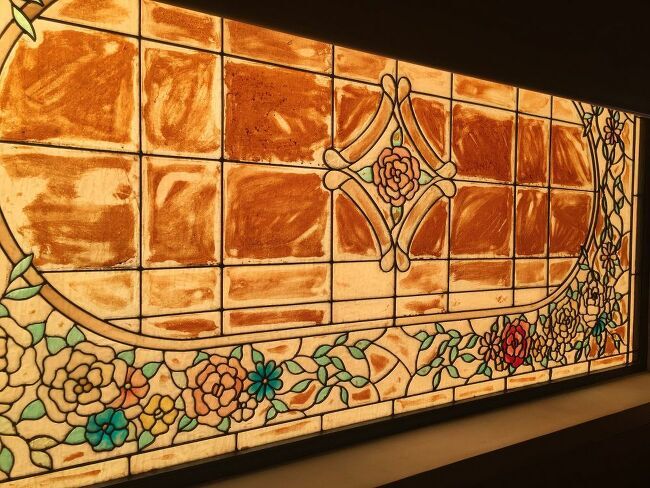


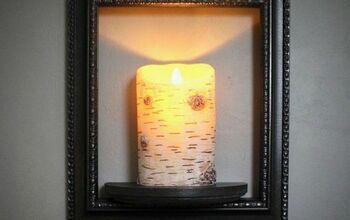

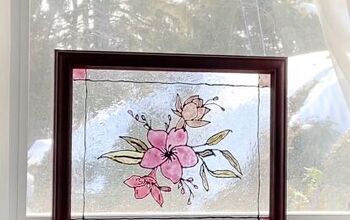
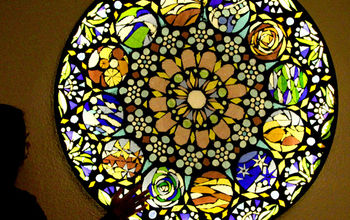

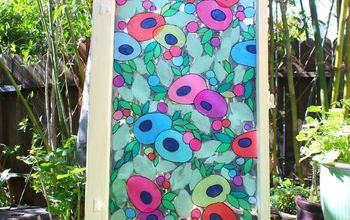

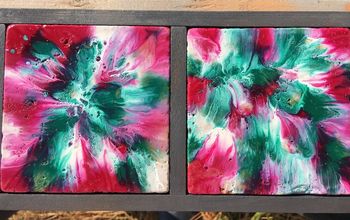
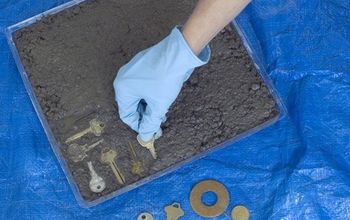


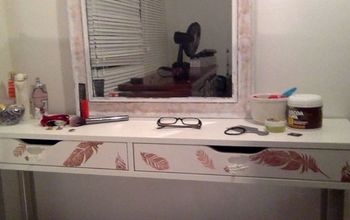
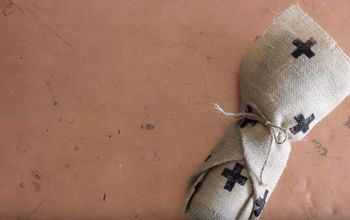
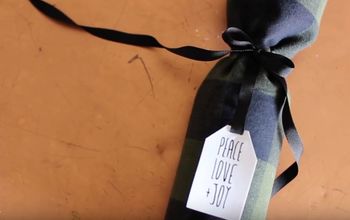
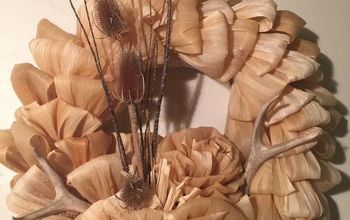
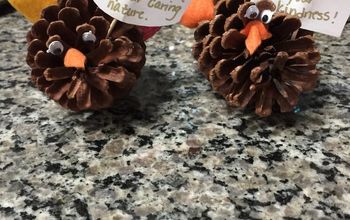
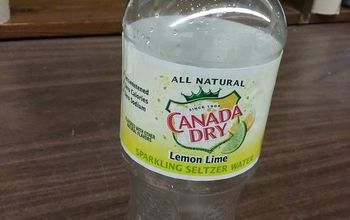
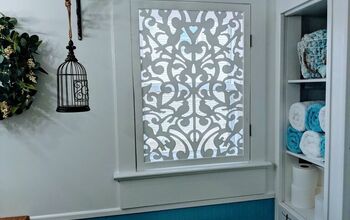
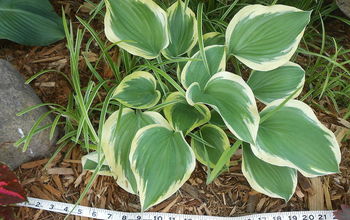
Frequently asked questions
Have a question about this project?